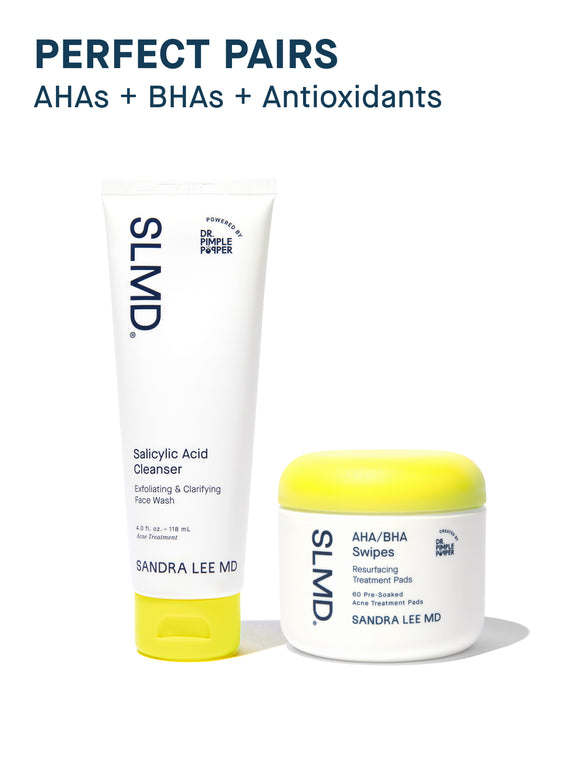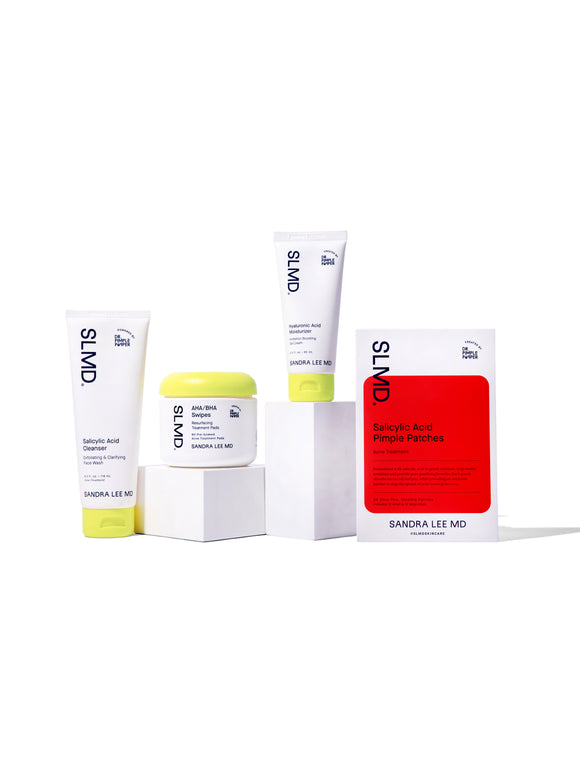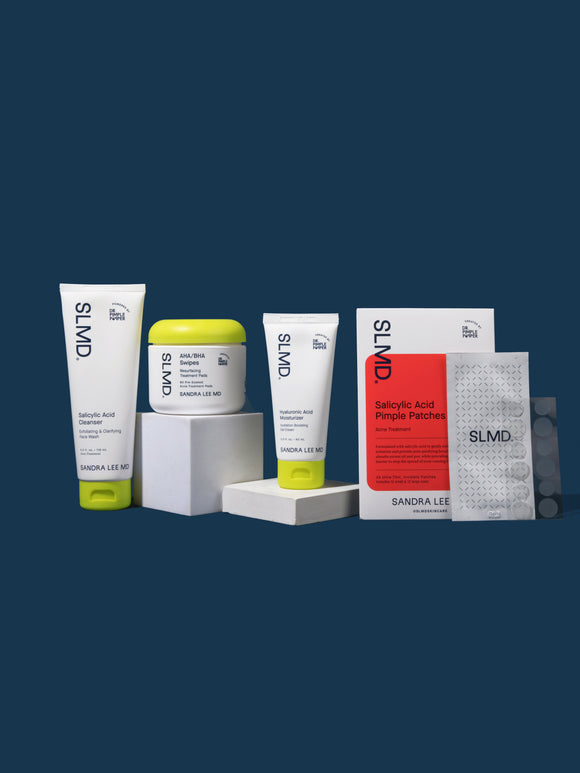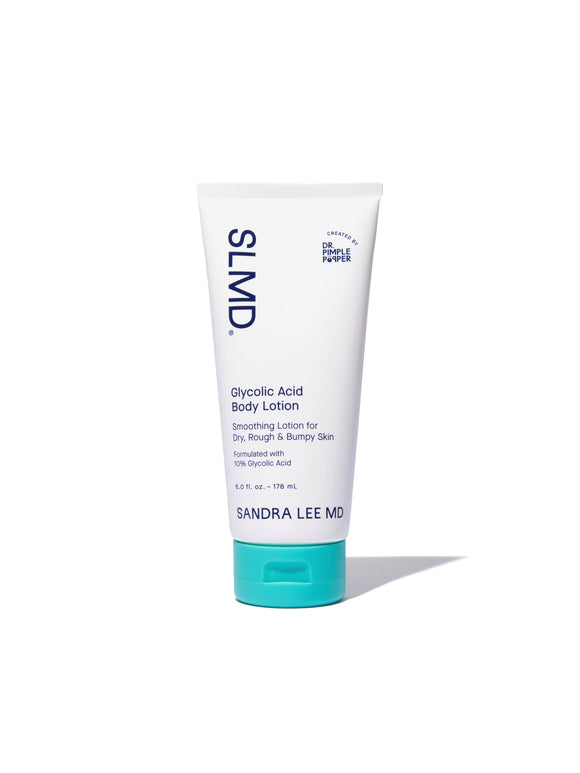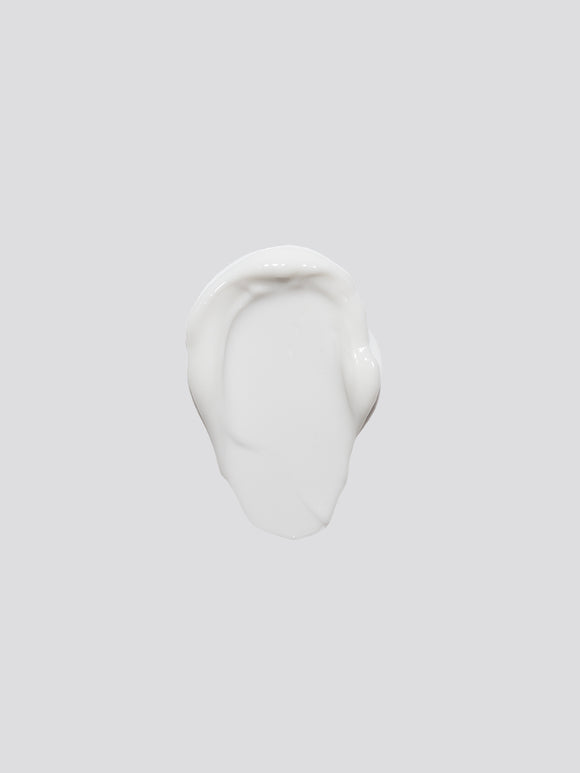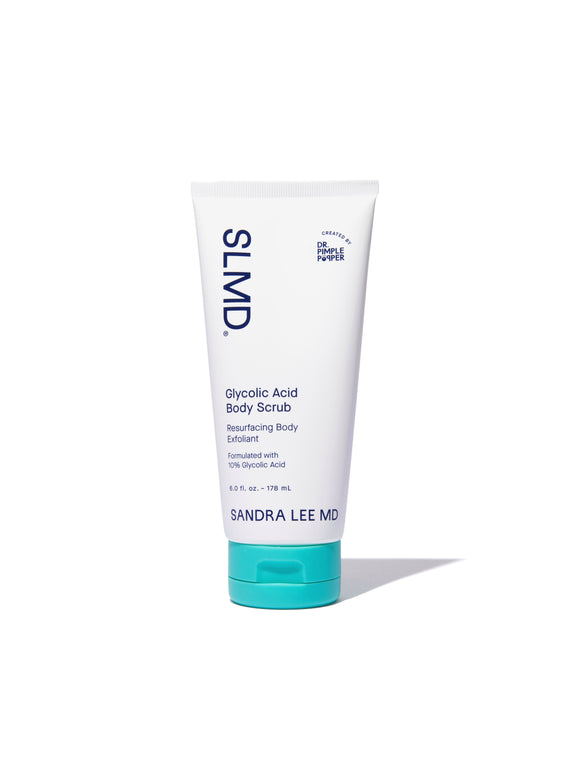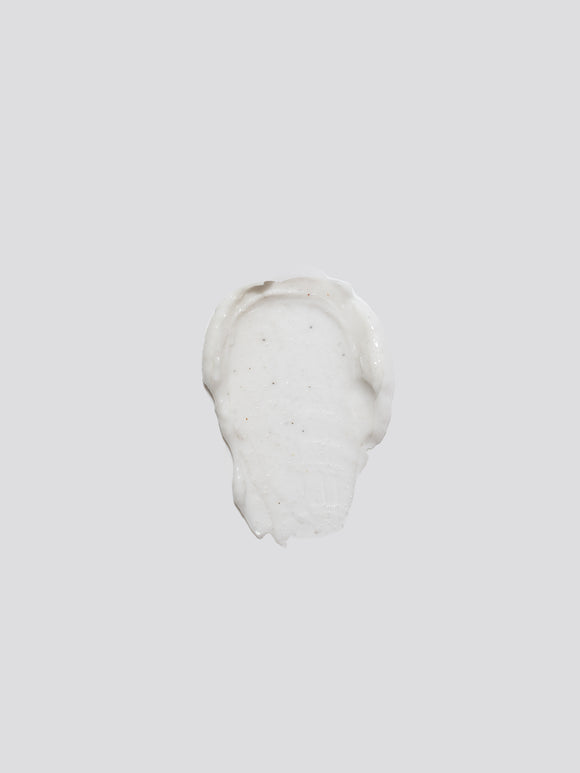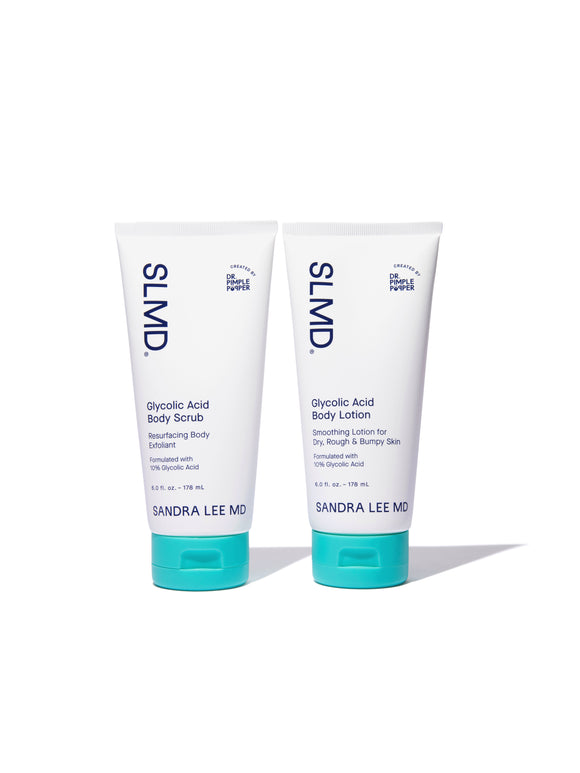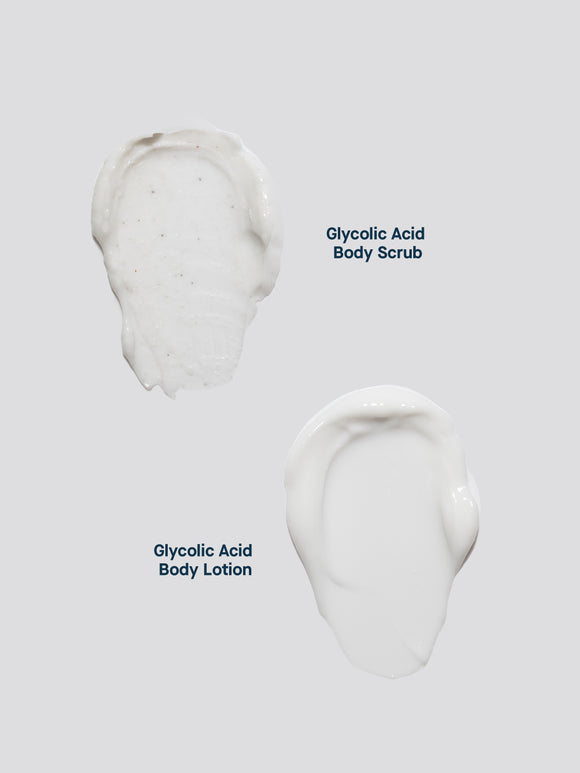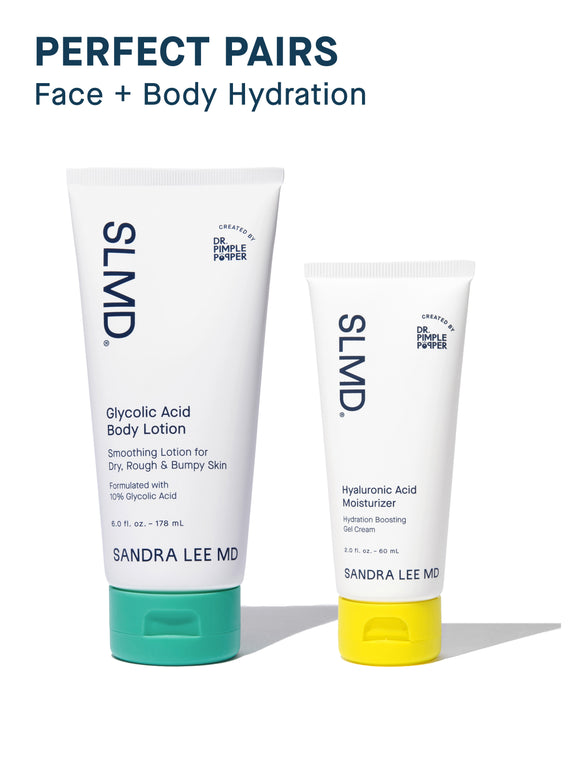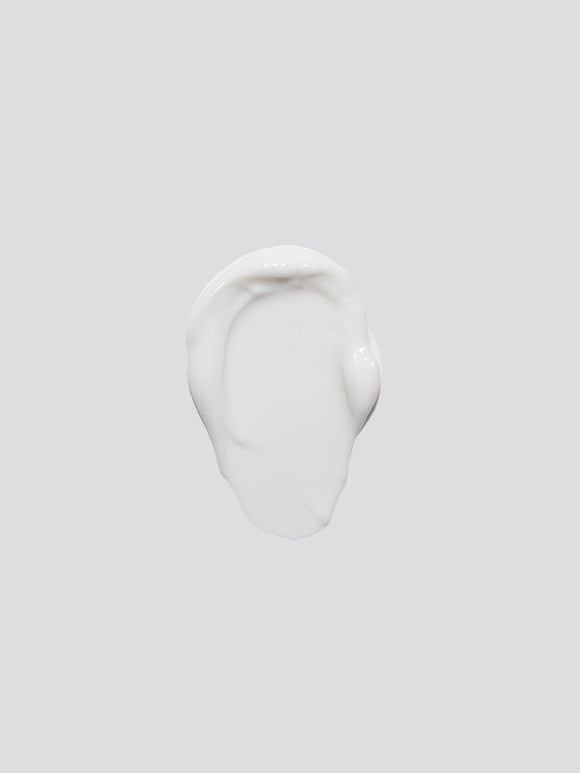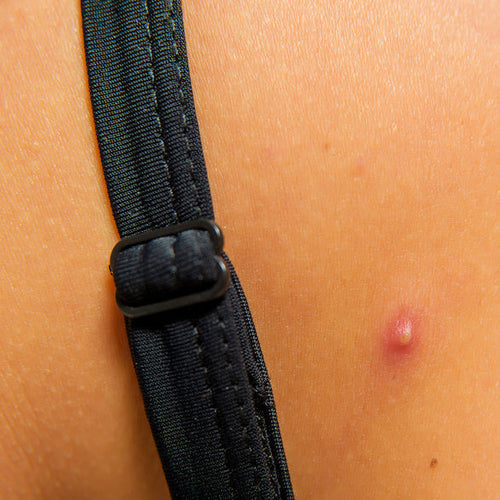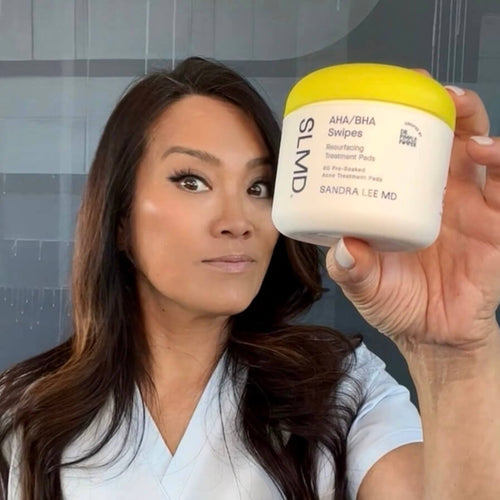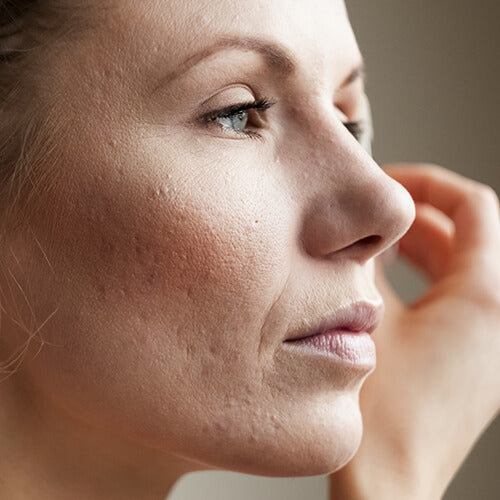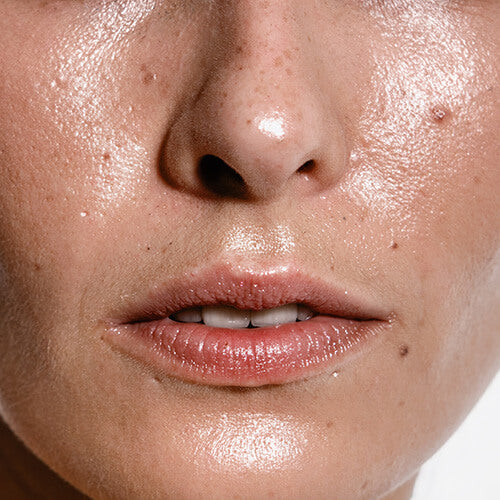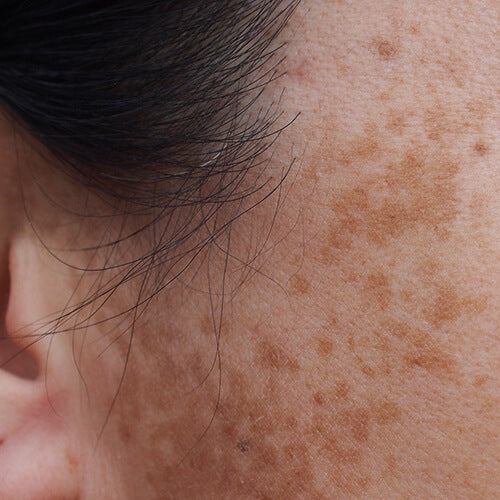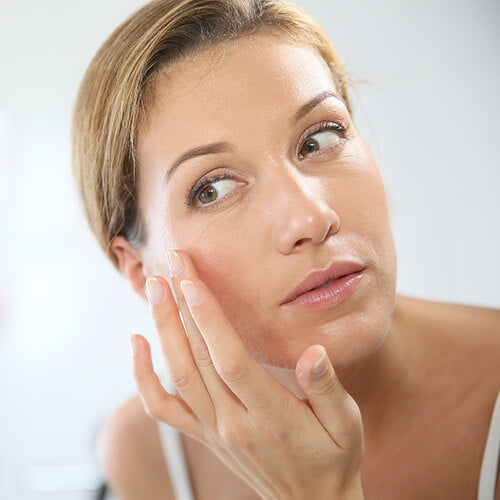
Glycolic Acid vs. Lactic Acid: Which One Is Better for Your Skin?
Dr. Pimple Popper shares expert tips on using these AHAs to transform your skin.
Published:
4 minute read
In the alpha hydroxy acid (AHA) world, certain players — especially glycolic acid — seem to get all the attention. But lactic acid is quickly gaining recognition for its ability to manage a range of skin concerns, while offering unique benefits of its own.
So, what’s the difference between glycolic acid and lactic acid — and is one of them better? Here’s what you need to know.
Article Quick Links
What is glycolic acid, and how does it work?
Known as a powerhouse exfoliator, glycolic acid is one of the most widely used alpha hydroxy acids (AHAs). With its small molecular size, it’s able to penetrate deeply and deliver transformative results for a variety of skin concerns. Read our complete guide to glycolic acid for more.
- Deep penetration: its small molecular size allows it to reach deeper layers of skin
- Exfoliation: breaks the bonds between dead skin cells for smoother, brighter skin
- Hydration boost: stimulates the production of natural skin hydrators like glycosaminoglycans
- Collagen support: encourages collagen and elastin production for firmer skin
Glycolic acid is available in a range of concentrations, from gentle over-the-counter products to powerful in-office peels.
Try: SLMD AHA/BHA Swipes, Glycolic Acid Body Scrub, Glycolic Acid Body Lotion
What is lactic acid, and what does it do for skin?
Thanks to its unique properties, lactic acid has been a skincare staple for centuries — legend has it that Cleopatra used milk baths to keep her skin soft and smooth. This versatile AHA exfoliates while hydrating, making it an ideal choice for tackling multiple skin concerns. Discover more about lactic acid in our detailed spotlight.
- Gentle exfoliation: removes dead skin cells to improve texture and tone
- Hydrating properties: acts as part of the skin’s natural moisturizing factors (NMF)
- Anti-inflammatory potential: may help calm irritation and redness
- Barrier support: promotes healthy skin barrier function while aiding the skin cell cycle
Do glycolic and lactic acid work the same way?
Because they’re both alpha hydroxy acids, glycolic acid and lactic acid share many similarities. They work by exfoliating the skin, helping to improve texture, tone, and hydration. Here are some of the skin concerns both acids can help address:
- Premature aging: reduce hyperpigmentation, dullness, and fine lines
- Acne: treat breakouts and minimize the appearance of acne scars
- Keratosis pilaris (KP): smooth bumpy, dry “chicken" or "strawberry" skin
While glycolic acid has been studied more extensively, recent research shows that lactic acid offers comparable benefits for these concerns — but with a gentler touch (more on that below).
Dr. Pimple Popper's Glycolic & Lactic Acid Picks
What’s the difference between glycolic acid and lactic acid?
Glycolic acid and lactic acid are both effective alpha hydroxy acids (AHAs), but they differ in key ways that influence how they work for different skin types and concerns:
Molecular size and penetration
- Glycolic acid: smaller molecules penetrate deeper into the skin, making it more intensive
- Lactic acid: larger molecules remain closer to the surface, offering gentler exfoliation
Hydration and barrier support
- Glycolic acid: boosts the production of natural skin hydrators like hyaluronic acid
- Lactic acid: acts as part of the skin’s natural moisturizing factors (NMF) and supports the barrier function
Anti-aging benefits
- Both acids promote collagen production, improving skin firmness and texture
- Glycolic acid: more potent for reducing fine lines and hyperpigmentation
- Lactic acid: ideal for sensitive or dry skin types that need gentle anti-aging support
Can you use glycolic acid and lactic acid together?
Glycolic acid and lactic acid can work together to address multiple skin concerns, from dullness and uneven texture to fine lines and breakouts. By combining their unique strengths — glycolic acid’s deep penetration and lactic acid’s gentle exfoliation — you can achieve smoother, brighter skin.
To avoid over-exfoliation, it’s important to adjust how you use these AHAs. Start with low concentrations, alternate their application, or use a product formulated to combine both acids safely. Paying attention to your skin’s response will help you find the right balance.
How to safely use glycolic and lactic acid in your routine
To get the benefits of both acids without overdoing it, follow these tips:
- Alternate use: try using a glycolic acid scrub one day and a lactic acid lotion the next
- Look for combination products: choose a high-quality formula that contains both acids in safe concentrations, so you don’t have to guess
Dr. Pimple Popper's SLMD Skincare recommendations
- For face: AHA/BHA Swipes contain a combination of salicylic, glycolic, and lactic acids to gently exfoliate, helping to clear pores and brighten skin. They’re perfect for anti-aging but should be used sparingly on sensitive skin
- For body: Glycolic Acid Body Scrub and Glycolic Acid Body Lotion smooth rough patches and reduce keratosis pilaris

Dr. Lee's Last Word
Glycolic and lactic acid are powerful AHAs that can help manage everything from acne to keratosis pilaris. You can safely use both — just start slow and avoid over-exfoliating. When used the right way, they’ll leave your skin smoother, brighter, and healthier.





